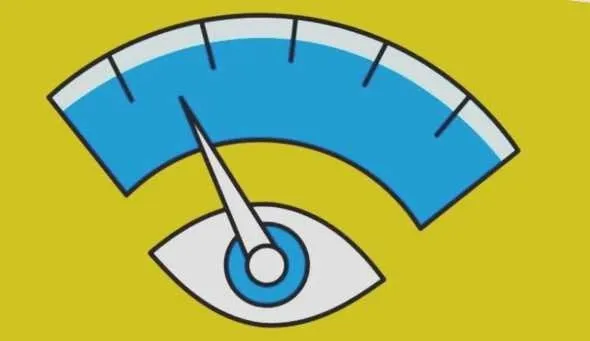
For someone who believes in conspiracy theories, the world is not what it seems. Researchers have been scratching their heads for years because of what makes some people tend to be more conspiratorial.
A recent study has finally traced one of the wrong mindsets. Apparently, we all do it - but these people use it too much.
A team of psychologists from Vrije Universiteit Amsterdam in the Netherlands and the University of Kent in the United Kingdom have determined that conspiracy theories are related to something called 'perception of illusion patterns'.
"People often hold irrational beliefs, which we generally define here as baseless, unscientific, and illogical assumptions about the world,"the team wrote in the study.
"Despite many irrational beliefs, belief in conspiracy theories and beliefs in supernatural matters is very common among ordinary and nonpathological citizens."
In other words, conspiracy theories are not "crazy" things. They are truly sane, which makes their beliefs even more confusing - until we realize that they really see the world very differently.
Illusion pattern perception is a fairly simple concept. That happens every time we find a meaningful pattern in random stimuli, drawing correlations and even causes where nothing really happens.
For example, you might dream of an old relative, and then receive news the next day that the brother has passed away. For some people it will be enough to conclude that their dreams can predict the future.
We all do this with a pattern to some extent, because that's how our brains work - and this is a useful tool for drawing conclusions about the environment that is full of causes, effects, and potential hazards.
You might think the perception of an illusionary pattern is a clear explanation for what happened to conspiracy theories. And it is true that researchers consider this phenomenon to play a role, but in fact they have not really tested it.
"I wonder how little direct empirical evidence exists to support the role of perceptions of the illusionary pattern of irrational beliefs in general, and especially in conspiracy theories,"the team wrote in the study.
To overcome this problem, the team designed a series of experiments. After recruiting 264 American adults, they began by assessing participants' trust in general and artificial conspiracy theories, on a scale of 1 to 9.
Among conspiracies are things like "Ebola is a man-made virus," "moon landing is a hoax," and a "fictitious"testisulus taurus found in Red Bull has unknown side effects.
The researchers also assessed participants' supernatural beliefs before turning to a series of experiments designed to test whether people with high beliefs in conspiracies and supernatural things were also more likely to find patterns in complete randomness.
After testing the subject's tendency to randomly throw coin patterns (conspiracy theorists found more patterns) the team turned to the spotting pattern in modernist artwork by Victor Vasarely (whose geometric work has a clear pattern) and Jackson Pollock (whose splatters are far more numerous random, and patterns that look more likely to be imaginary).
Strangely, conspiracy and supernatural beliefs only correlate with the spotting patterns in Pollock's artwork, while those who see geometric patterns do not show specific tendencies towards irrational beliefs.
Overall, this research has produced some very convincing evidence that our need to understand the world by producing patterns is truly excessive for those who deflect conspiracy theories.
"We conclude that perceptions of illusion patterns are central cognitive ingredients of conspiracy theory and supernatural phenomena," the team wrote. The fact is that they really see the world differently.